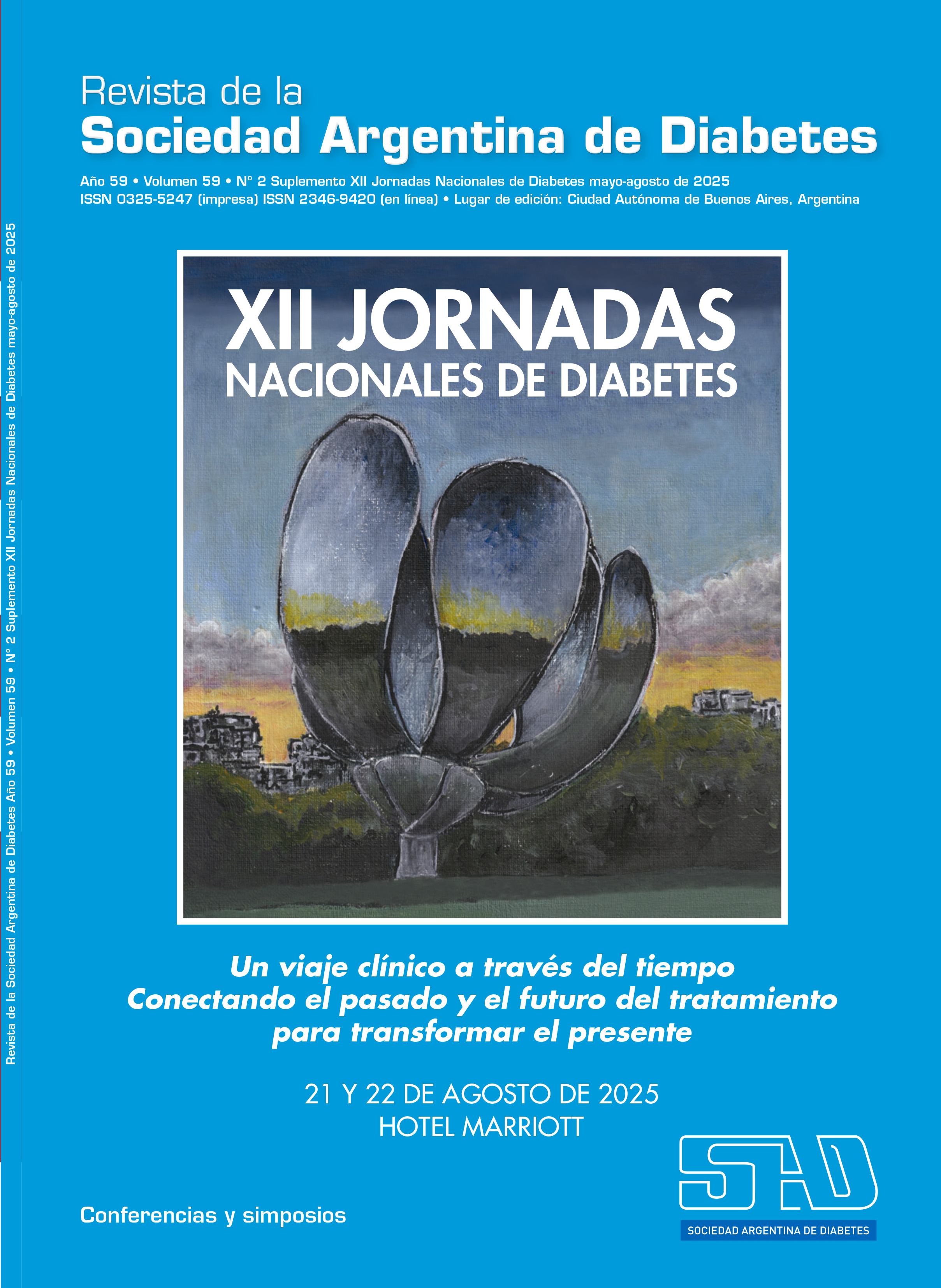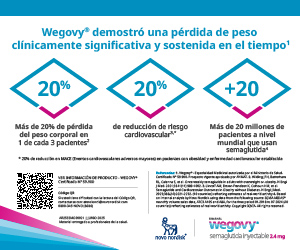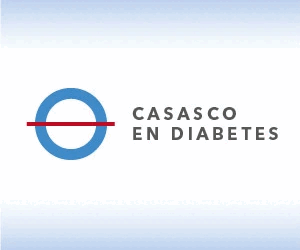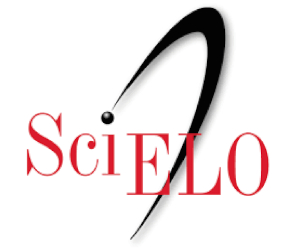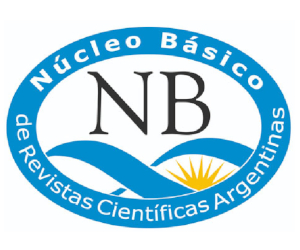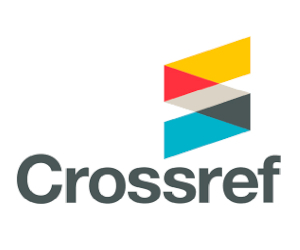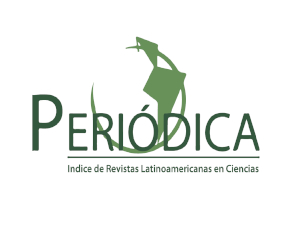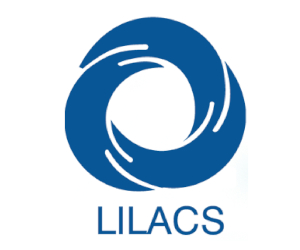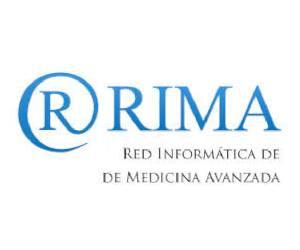Therapeutic implications based on endotypes
DOI:
https://doi.org/10.47196/diab.v59i2Sup.1220Keywords:
diabetes, endotypesAbstract
The presentation addresses therapeutic personalization in type 1 diabetes mellitus (T1DM) using an endotype-based approach, highlighting the importance of precision medicine in overcoming the limitations of conventional treatment and responding to individual variability in disease progression. Endotypes are defined as biological subclassifications that reflect distinct pathological mechanisms, identifiable through immunological markers, genetic profiles, and the rate of β-cell loss.
The main endotypes of T1DM include: rapid autoimmune, with accelerated β-cell loss; slow autoimmune, characterized by more gradual progression; idiopathic/genetic, where no autoimmune markers are detected; and coexisting insulin resistance, which combines metabolic and immunological aspects. This approach allows for the design of specific treatments for each group, optimizing their effectiveness.
Therapeutic options vary depending on the endotype. For rapid-onset autoimmune disease, intensive insulin therapy, continuous monitoring, and immunotherapies such as teplizumab are recommended. For slow-onset autoimmune disease, insulin adjustments and β-cell-preserving therapies are prioritized. Management of idiopathic/genetic disease requires personalized assessments and ongoing therapies, while the endotype with coexisting insulin resistance uses insulin sensitizers such as metformin and GLP-1 receptor agonists, complemented by a comprehensive approach to comorbidities.
International studies such as TEDDY, TrialNet, and INNODIA have driven key advances in the early detection of T1DM using autoantibodies and in the detailed monitoring of its progression. These findings underscore the importance of biomarkers as tools for personalized treatment.
Looking to the future, advances such as cellular therapies (islet transplantation and the use of stem cells), the use of artificial intelligence to tailor treatments to specific profiles, and strategies targeting β-cell regeneration stand out. These innovations represent significant opportunities to transform the management of T1D.
References
-
Downloads
Published
Issue
Section
License

This work is licensed under a Creative Commons Attribution-NonCommercial-NoDerivatives 4.0 International License.
Dirección Nacional de Derecho de Autor, Exp. N° 5.333.129. Instituto Nacional de la Propiedad Industrial, Marca «Revista de la Sociedad Argentina de Diabetes - Asociación Civil» N° de concesión 2.605.405 y N° de disposición 1.404/13.
La Revista de la SAD está licenciada bajo Licencia Creative Commons Atribución – No Comercial – Sin Obra Derivada 4.0 Internacional.
Por otra parte, la Revista SAD permite que los autores mantengan los derechos de autor sin restricciones.



